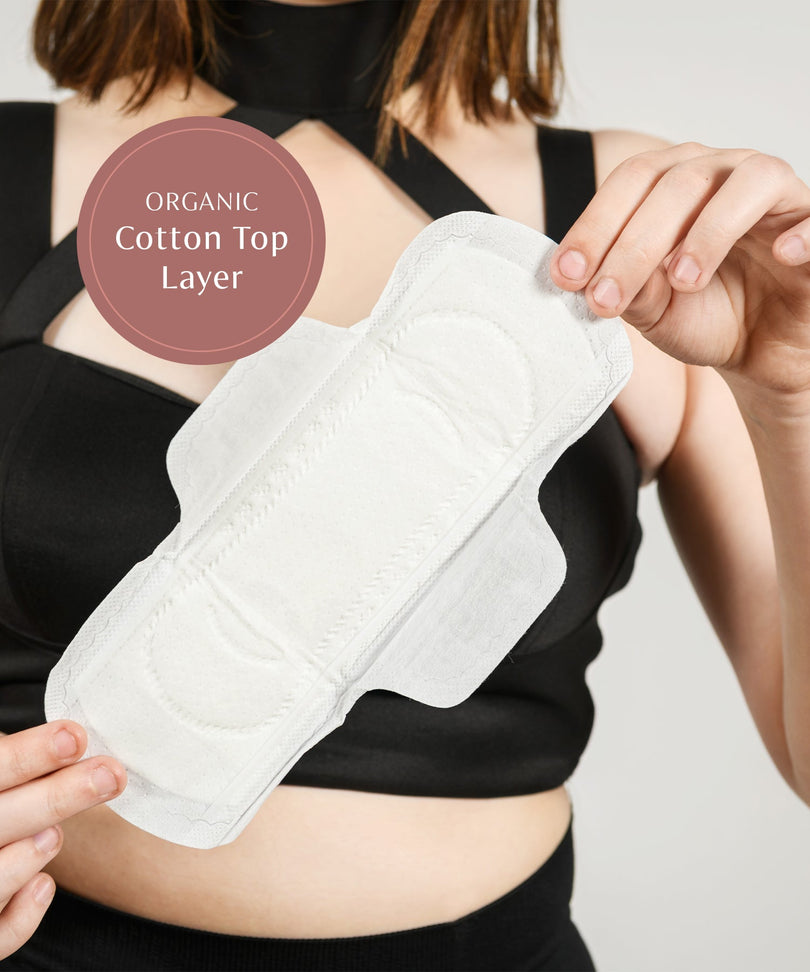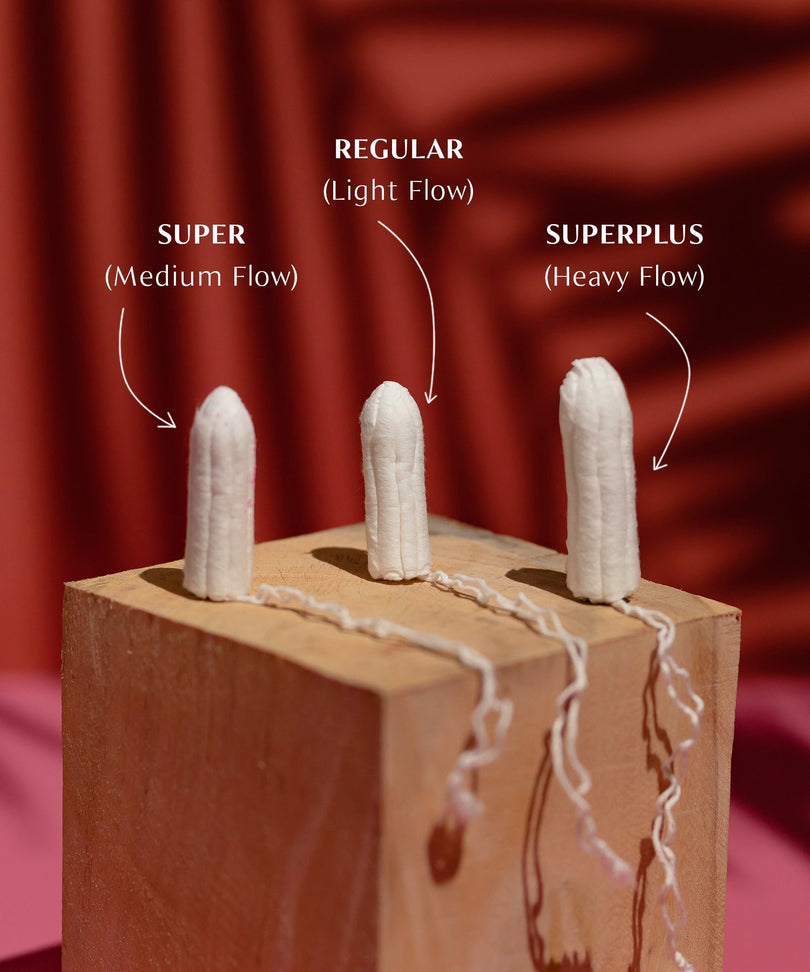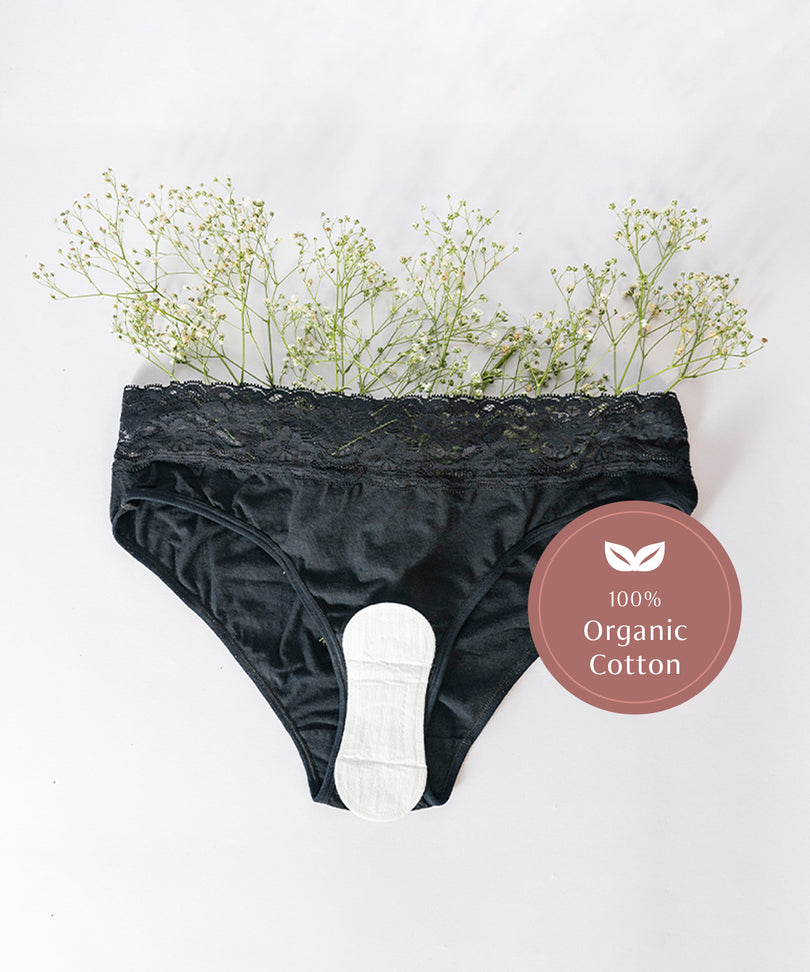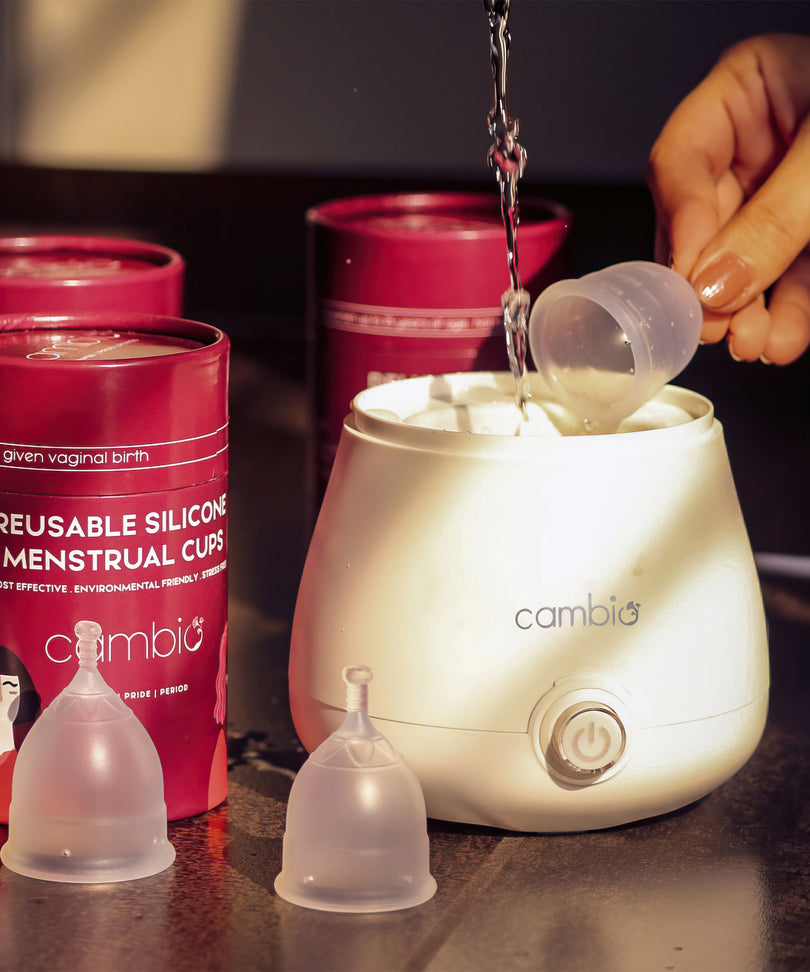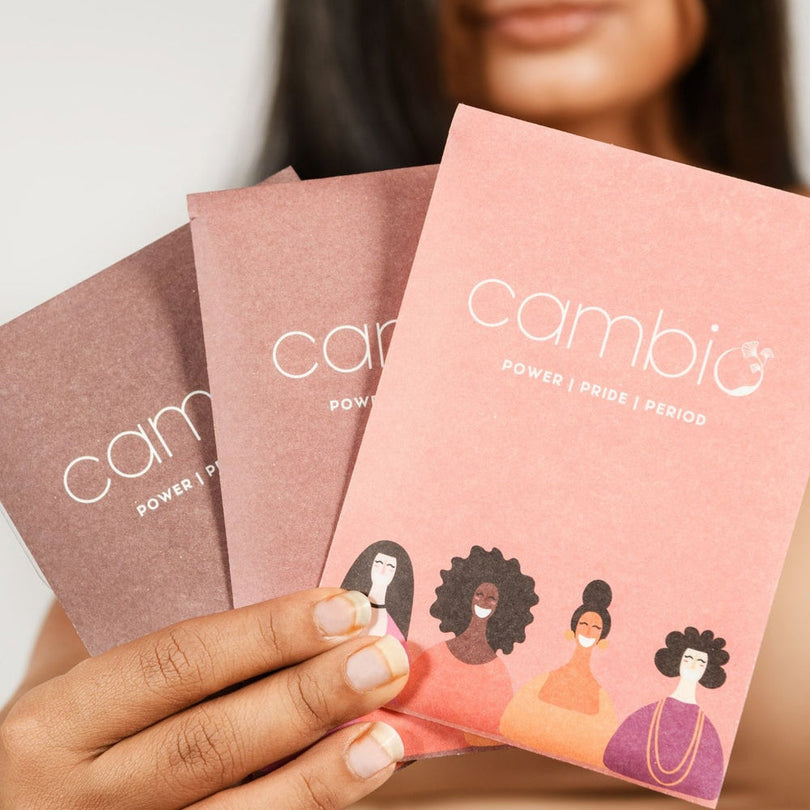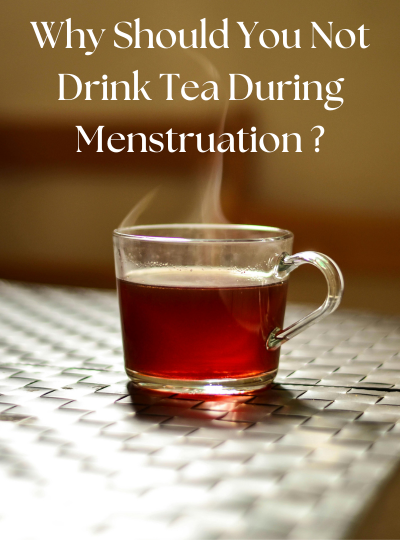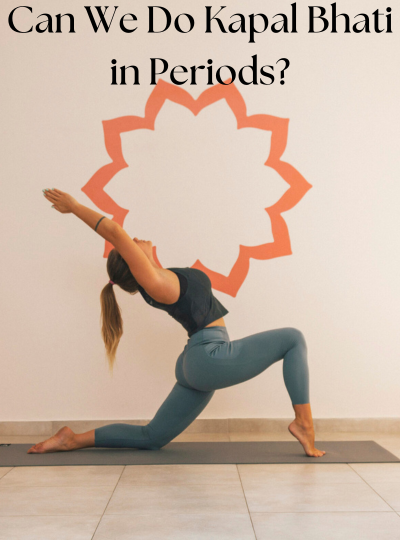Choosing the set of menstrual hygiene products that work best for you is ideal for having hassle-free periods.
If you’re someone who’s been using pads ever since you started menstruating, the struggles of period leakages, middle-of-the-night pad changes, rashes and irritations, and the restrictions on your activities may seem all too familiar.
If you’re curious about trying a period product that negates the struggles mentioned above, you’re in the right place.
What are Menstrual Cups?

Menstrual cups are bell-shaped devices which are inserted into the vagina to collect blood during menstruation.
Menstrual cups have been rising in popularity over the last decade, as more and more women are making the switch and ditching disposable pads and tampons.
According to a study published in The Lancet Public Health journal, around 73% of menstrual cup users were inclined to continue using menstrual cups after the studies were completed.
Benefits of Using Menstrual Cups
Also read - Does a menstrual cup break the hymen?
What are Sanitary Pads?
Sanitary pads are rectangle-shaped menstrual hygiene napkins worn inside the underwear to absorb menstrual blood. They come in different sizes and absorbances which you can choose according to your flow.
Disposable sanitary pads are made using plastic and cannot be recycled. However, more sustainable types of pads are now available. Biodegradable options like Cambio’s Organic Cotton Pads are leak-proof and easy to dispose of in an environmentally responsible way. Other sustainable alternatives like cloth pads are made of natural fibres such as cotton, hemp, and bamboo. They are reusable and can be washed clean.
Also read - Can sanitary pads cause cancer?
Benefits of Using Sanitary Pads:
Menstrual Cups vs. Pads
|
Criteria |
Menstrual Cups |
Pads |
|
Cost |
Cheaper cost-per-cycle |
Costlier cost-per-cycle |
|
Sustainability |
Reusable |
Disposable |
|
Ease of Use |
Easy after learning curve |
Easy to use |
|
Time Efficiency |
Can be worn from 4-12 hours |
Can be worn for upto 4 hours |
|
Movement Friendly |
Yes |
No, may bunch up or shift |
|
Maintenance |
Requires cleaning and sterilisation |
Simply dispose |
Conclusion
While menstrual cups certainly have their advantages, they may not be the ideal choice for all women.
Menstrual cups may not be suitable for:
- Intrauterine device (IUD) users
- Those allergic to silicone
- Those without the know-how or resources to properly sanitise the cups
- Those whose uterine anatomy is not suitable for menstrual cups
Using a menstrual cup over and over again requires that it should be cleaned thoroughly after every use with a mild soap and warm water or sterilised using boiling water.
If you’re interested in using a menstrual cup, give yourself a few cycles to get used to safely inserting, removing and cleaning it. It can take time to get familiar with it, and that’s okay.
Remember, you can always use a combination of period products to comfortably adjust if you’re transitioning into using a different one.
If you’re wearing a menstrual cup for the first time, you can always bring spare pads if you’ll be out in public and cannot clean your cup properly.
If you’re using disposable pads, there are many eco-friendly pad alternatives available if the thought of using a menstrual cup doesn’t feel right.
So are menstrual cups better than pads? That depends on your experience. We can only encourage you to give them a try and see for yourself.
More to read
Can you swim with a sanitary pad?
Do organic pads make periods shorter?
Why use organic pads for periods?

